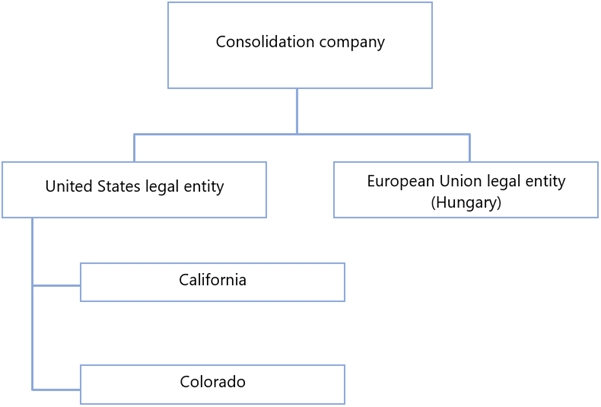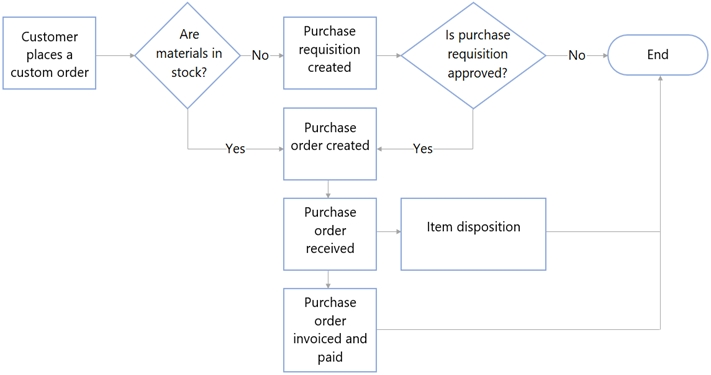Testlet 3
This is a case study. Case studies are not timed separately. You can use as much exam time as you would like to complete each case. However, there may be additional case studies and sections on this exam. You must manage your time to ensure that you are able to complete all questions included on this exam in the time provided.
To answer the questions included in a case study, you will need to reference information that is provided in the case study. Case studies might contain exhibits and other resources that provide more information about the scenario that is described in the case study. Each question is independent of the other questions in this case study.
At the end of this case study, a review screen will appear. This screen allows you to review your answers and to make changes before you move to the next section of the exam. After you begin a new section, you cannot return to this section.
To start the case study
To display the first question in this case study, click the Next button. Use the buttons in the left pane to explore the content of the case study before you answer the questions. Clicking these buttons displays information such as business requirements, existing environment, and problem statements. If the case study has an All Information tab, note that the information displayed is identical to the information displayed on the subsequent tabs. When you are ready to answer a question, click the question button to return to the question.
Background
Adventure Works Cycles builds stock and custom mountain bikes and is headquartered in San Diego. It has the following assembly and warehouse locations:
-Denver, Colorado, United States
-San Diego, California, United States
-Budapest, Hungary
Most manufacturing is outsourced, with each facility only assembling the bikes. Parts are stocked at all facilities and may be transferred between warehouses or legal entities. All of the parts are at standard cost.
Current environment. Organizational structure
The following diagram shows the structure of Adventure Works Cycles.
-Each of the physical locations in the United States (US) is a warehouse.
-Hungary assembles and distributes products to the rest of the European Union (EU).
-The EU legal entity is expected to add additional warehouse locations.
-All legal entities roll up to a financial consolidation company.

Current environment. Purchasing
-Higher quality tires that are used in new orders have become popular. Due to the volume of orders, the company wants to negotiate pricing with VendorC. The vendor agrees to a discounted price for 500 tires purchased within the next six months. Once the 500 tires have been purchased, the discount will be re- evaluated based on demand.
-Once a purchase is approved, for audit purposes it cannot be changed.
-Whenever possible, parts are purchased from vendors also within the EU. A purchase order was placed for a bike seat manufacturer in Italy.
-Parts for custom orders may not always be kept in stock and will need to be procured.
Current environment. Purchase requisitions
The following flow chart depicts the purchase requisition process:

Requirements. Purchasing
-Items for purchase requisitions are governed by each country. Each of the country-specific products will be grouped together for selection.
-Purchase orders must follow the requisition process.
-All existing purchase orders for brakes must account for the change to VendorB.
Requirements. Inventory
-Standard costs are based on purchase fluctuations within a single month.
-Tires use floating zones due to limited warehouse space.
Requirements. Operations
Due to recent brake failures, Adventure Works Cycles plans to purchase brakes from VendorB instead of VendorA. Although the brakes from Vendor B will continue to use the same item number as the brakes from VendorA, the price is slightly higher from VendorB. Adventure Works Cycles will pay list price from VendorB. The order for VendorB needs approval and the usual approver for purchase requisitions is on vacation.
All brakes from VendorA that are in stock must be tested. The process for brake testing must be implemented for all inbound orders. Quality orders must be automatically created upon receipt of the first shipment against a purchase order only. Inventory stocking locations must be consolidated after the brakes are tested.
UserC needs to consolidate brake inventory after it has been cleared for sale.
Ordering of the new brakes order will incur an additional cost because it is a rush order.
Requirements. Custom orders
-Custom orders are placed for items that do not exist in the item master. Hungary does not process custom orders.
-The United States does process custom paint orders. Most custom paint colors are special order and require purchase requisitions.
-Quotes must be obtained from a minimum of two suppliers per company policy and compared for the shipping, costs, and other variables.
-Quotes will not be selected based on lowest price only.
Issues
-A special order for 2.6 high-end tires is received. This item is no longer in stock from the current vendor.
-Goods have been received in stock, but the matching invoice has not yet been received at the time of month close.
-UserA needs to set up pricing for the items purchased from VendorC and ensure that accounting validates the receipt and invoice against the agreement.
-UserB needs to send out a request for quotation (RFQ) for custom paint. The vendor will be selected based on pricing, volume discounts, and lead time.
-